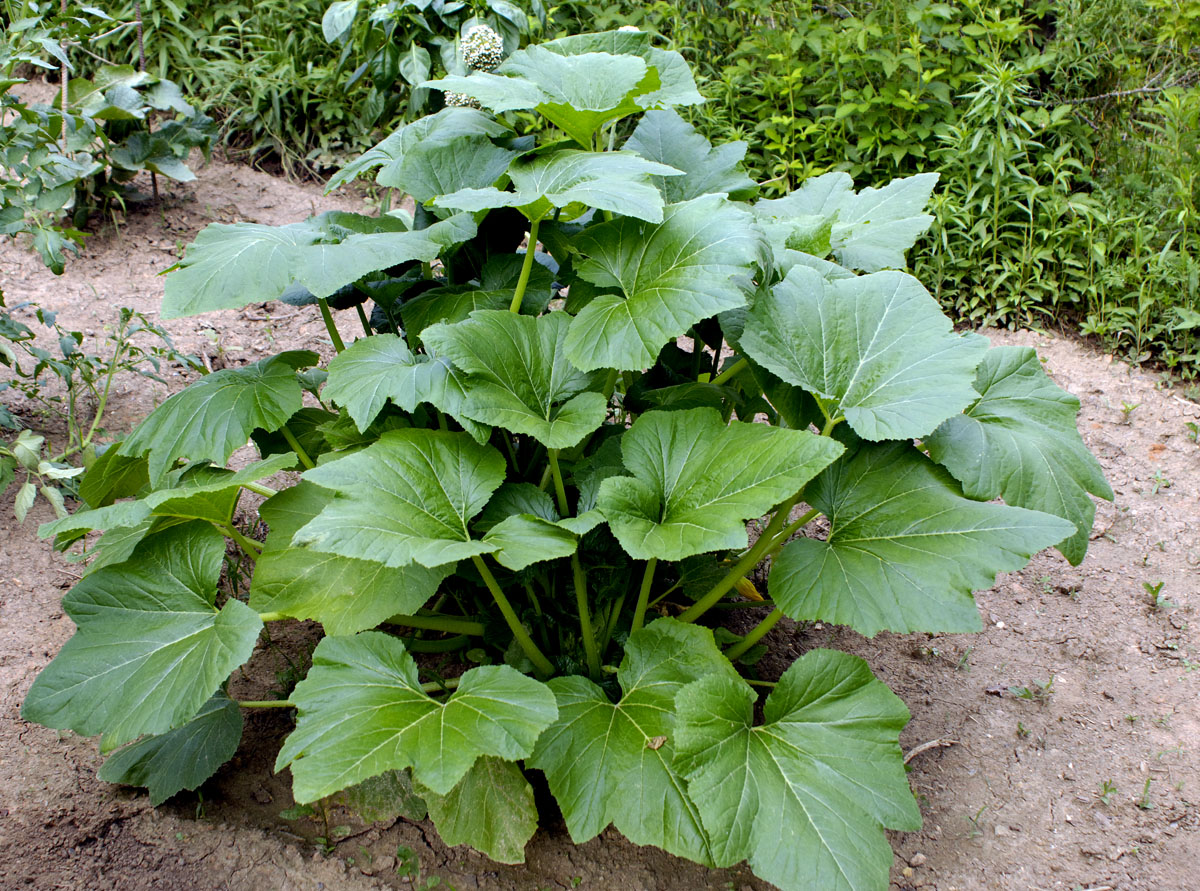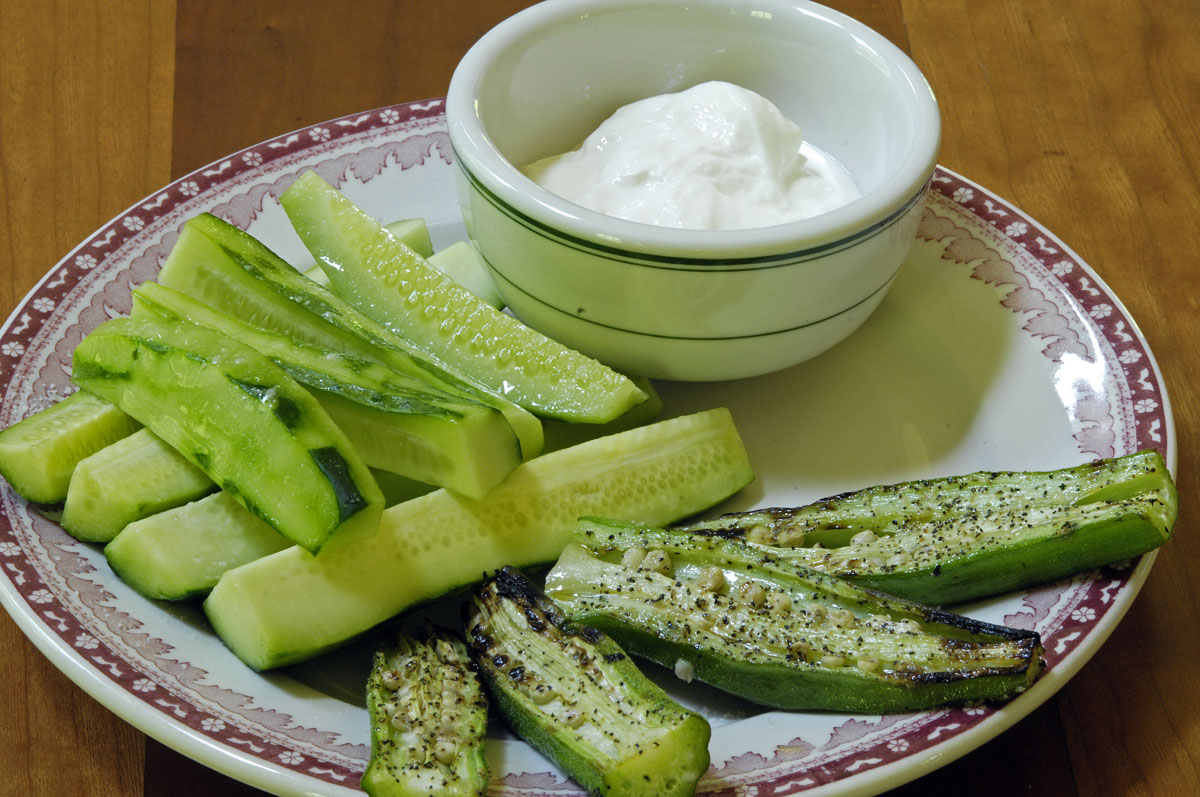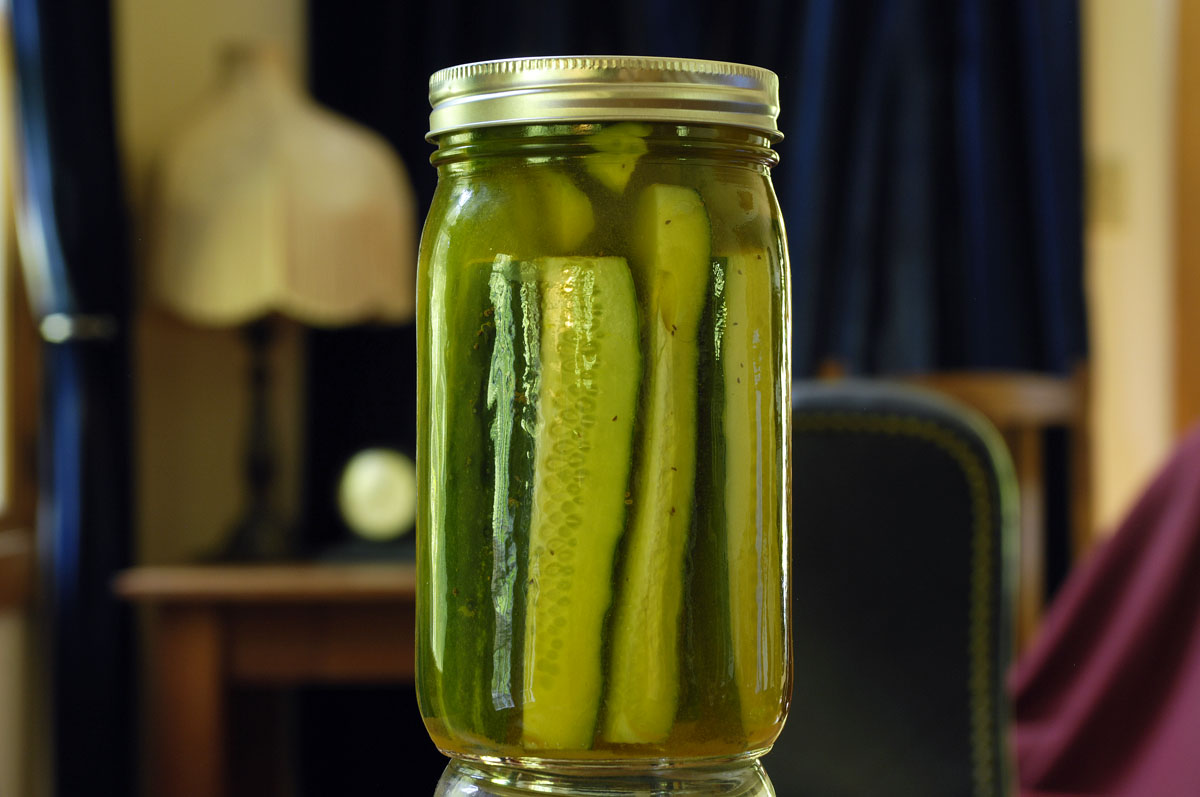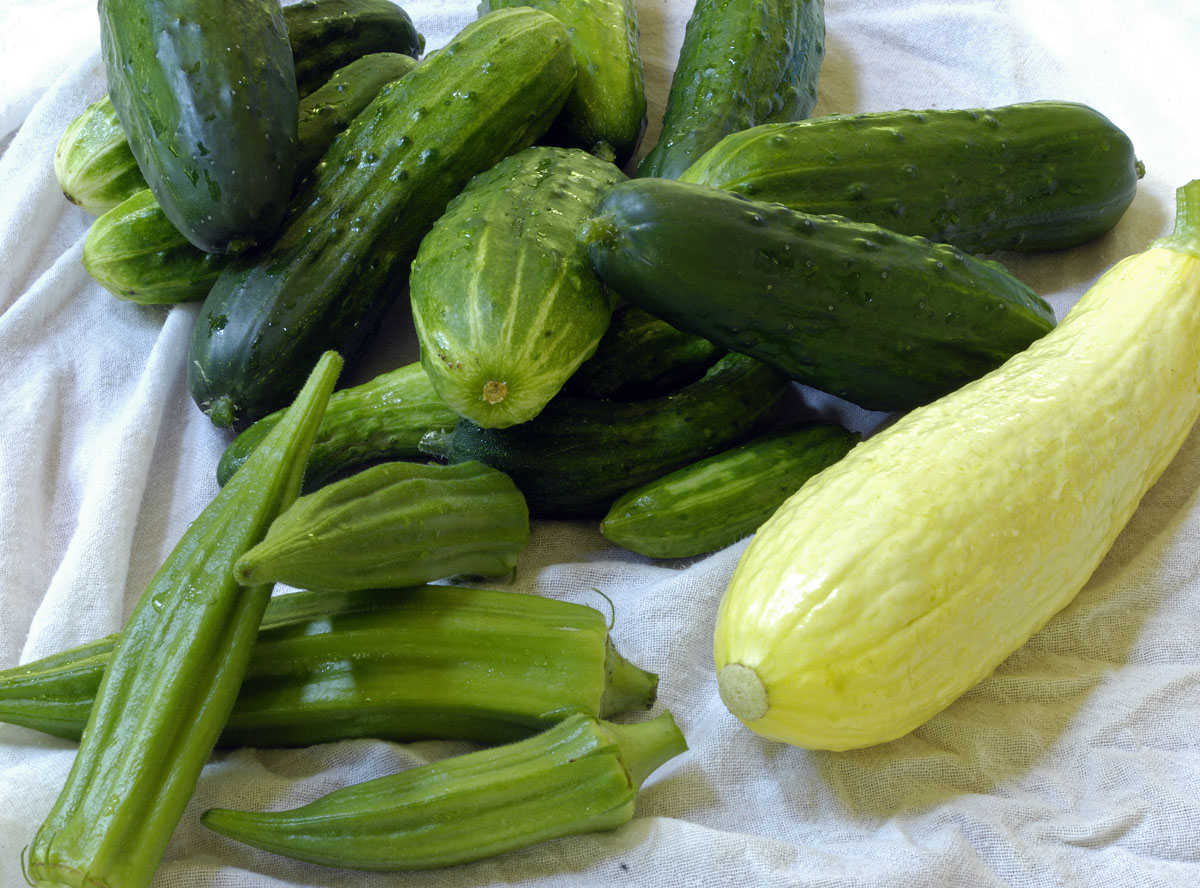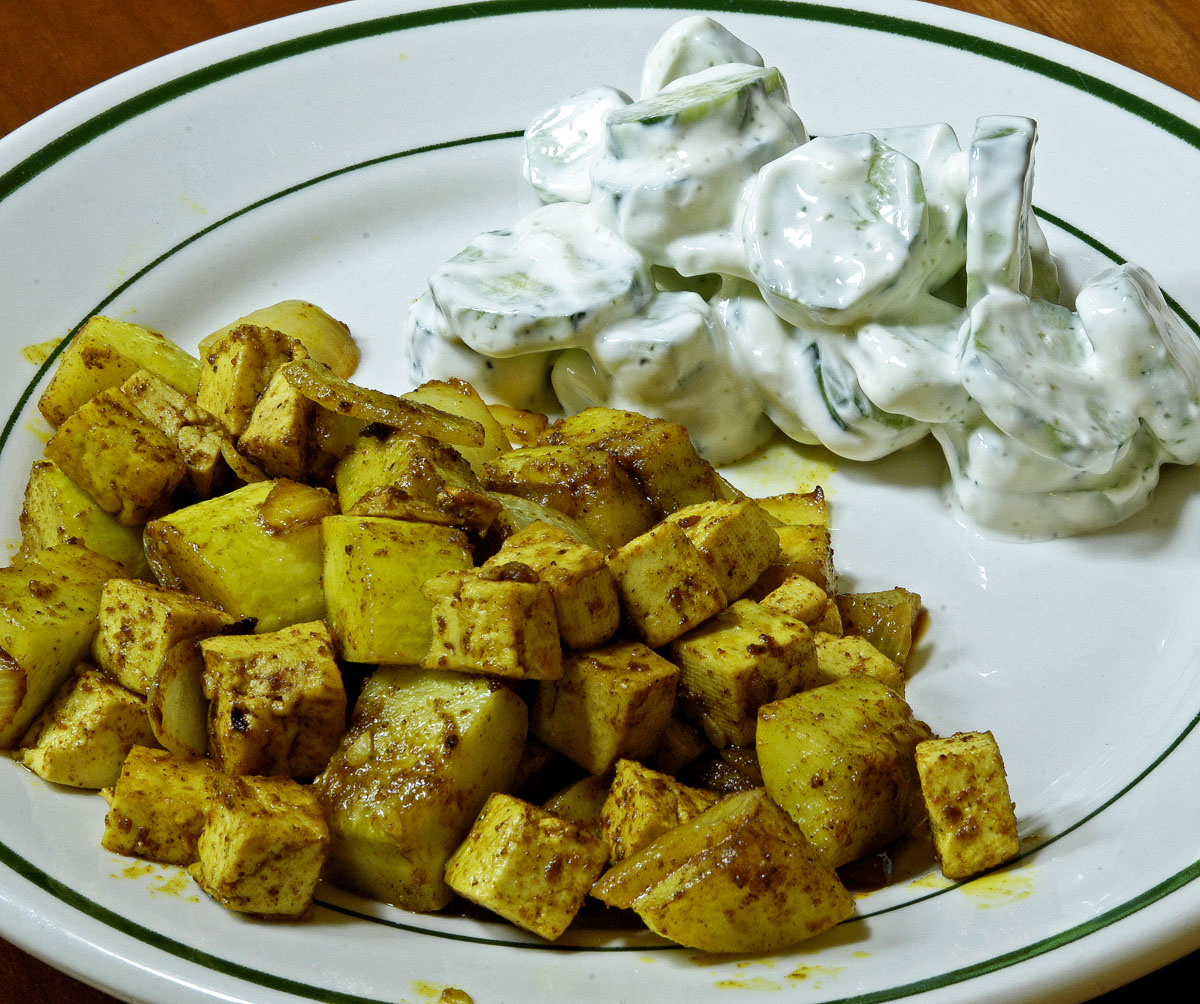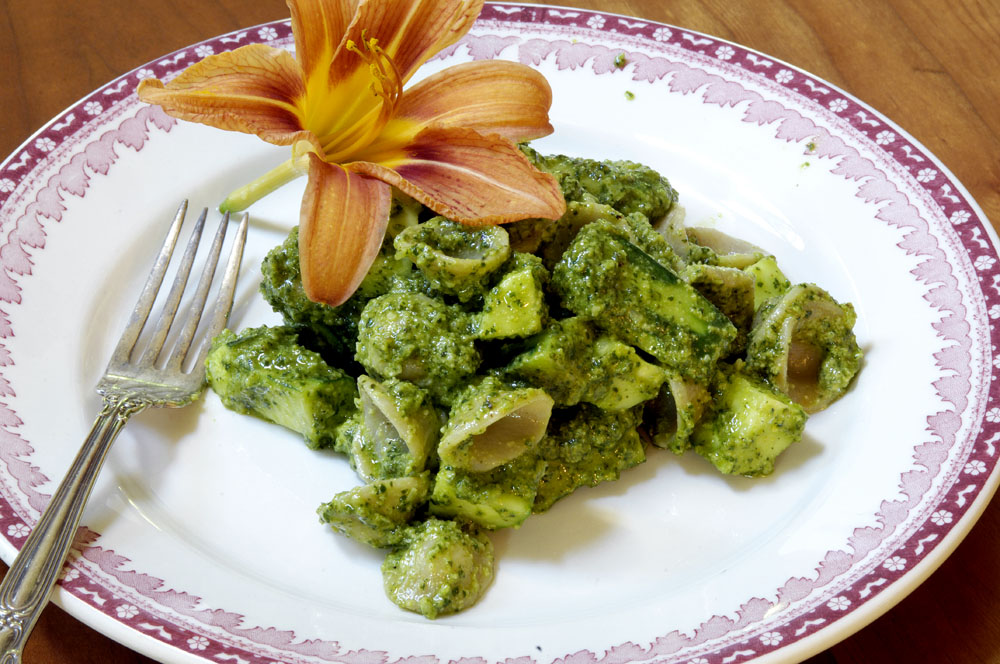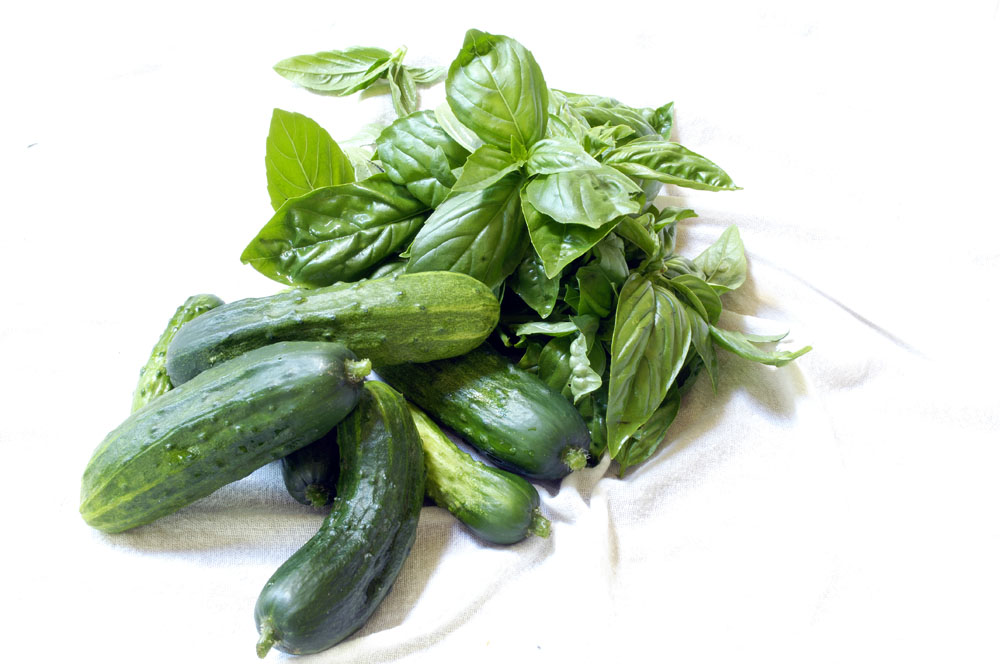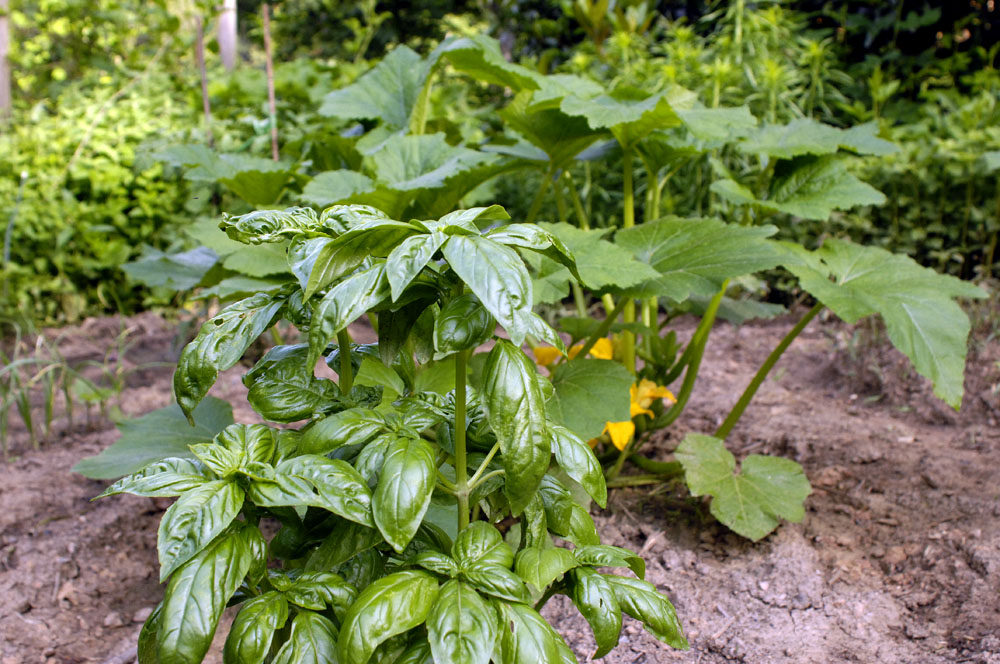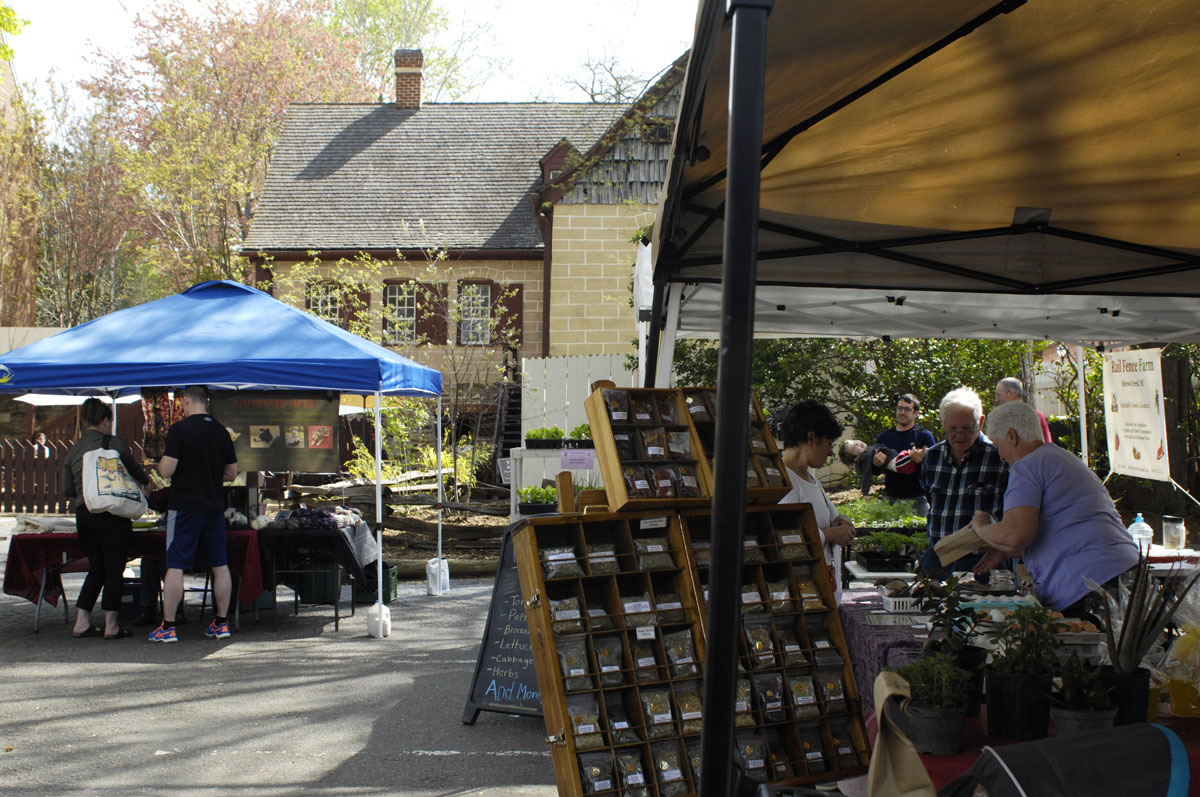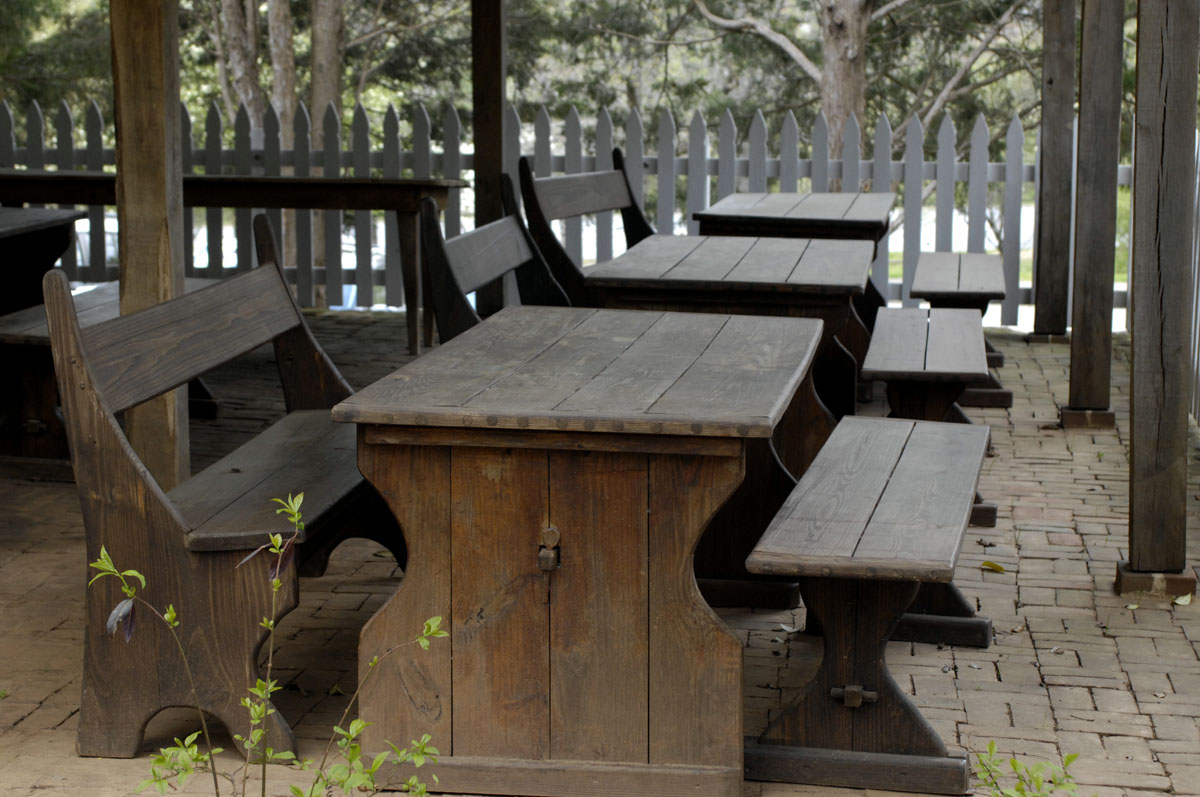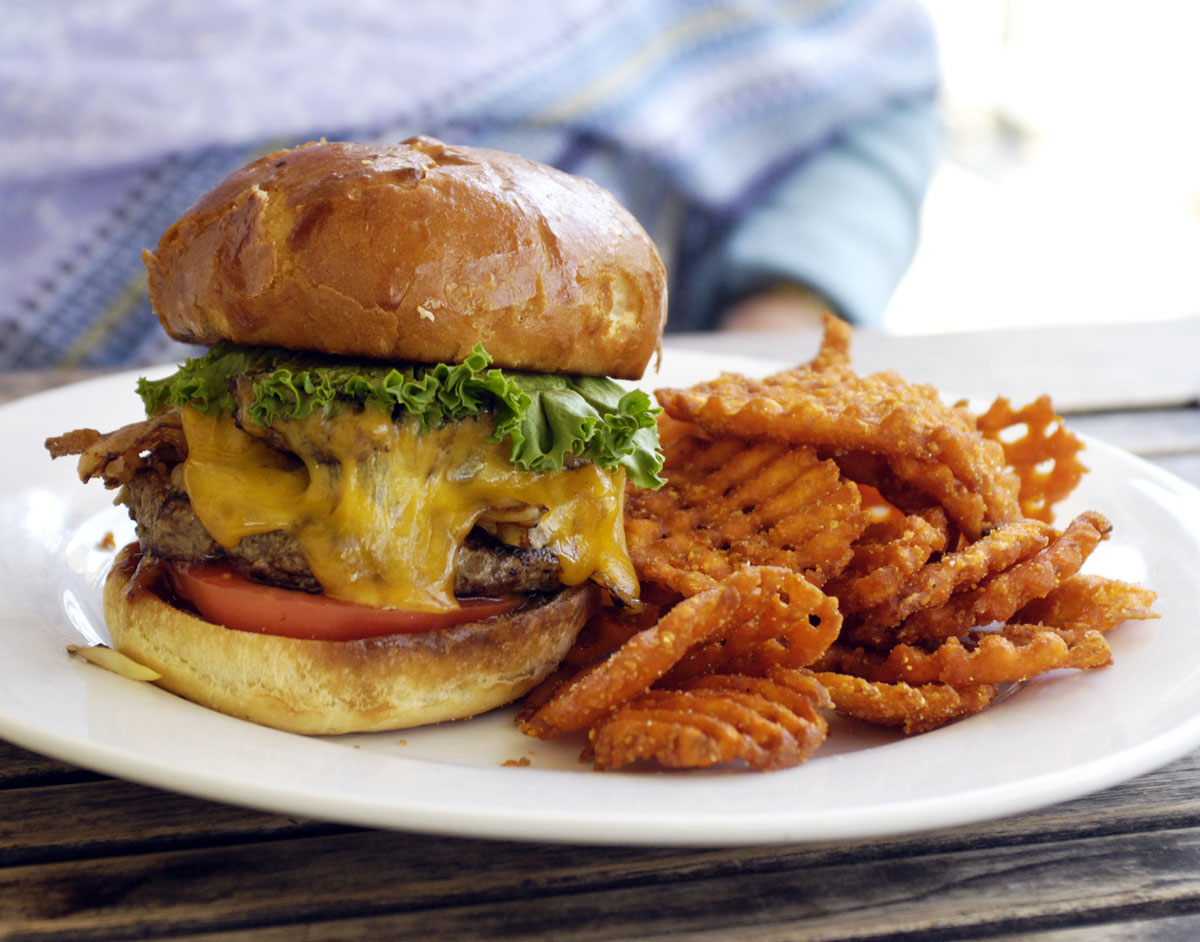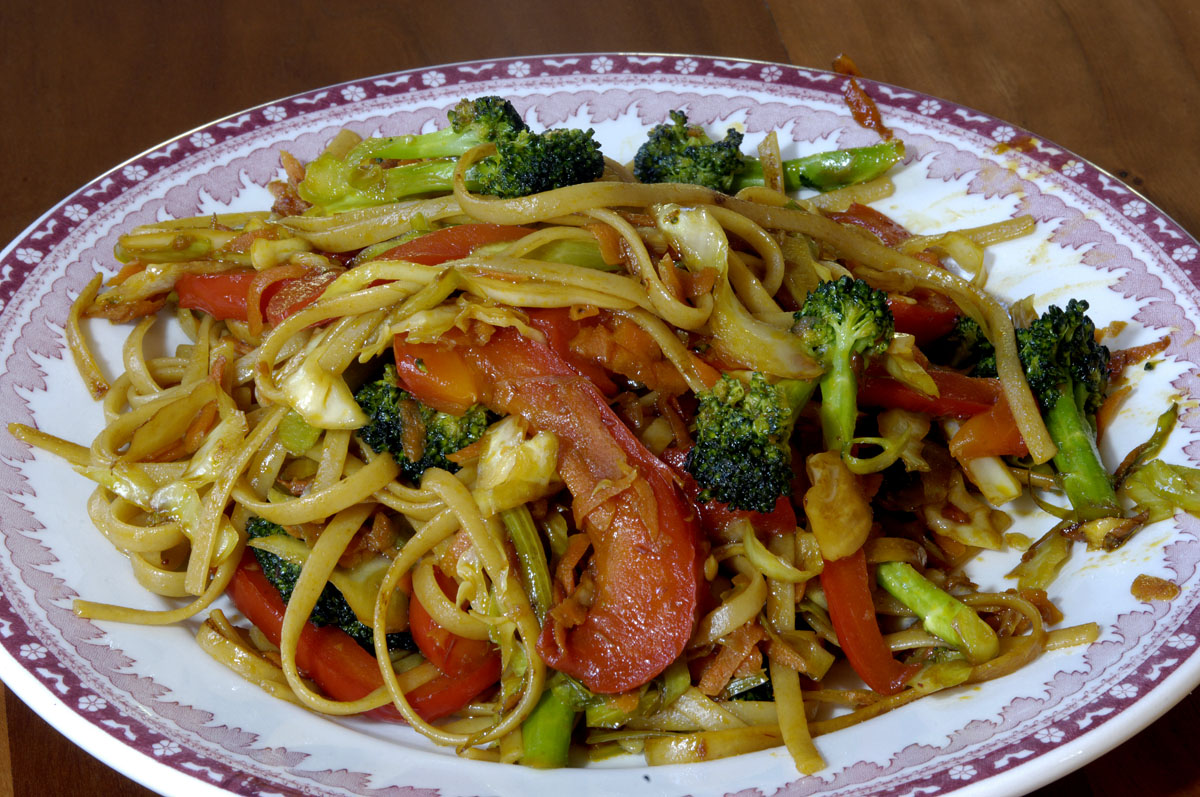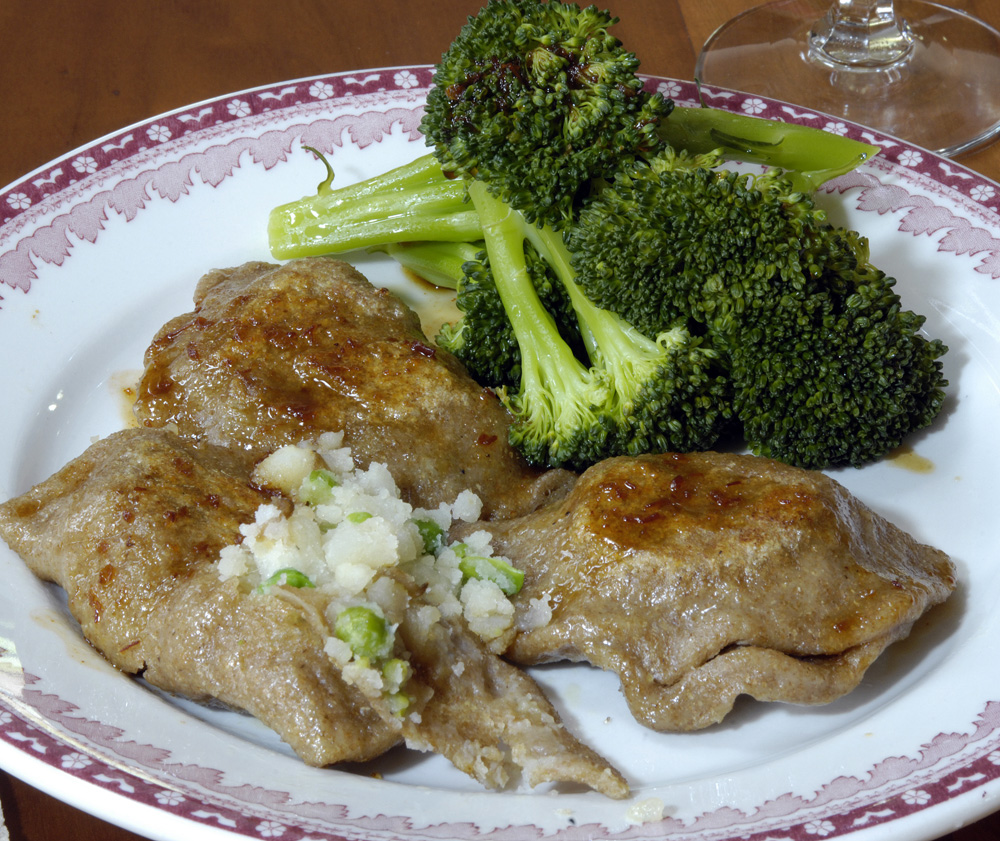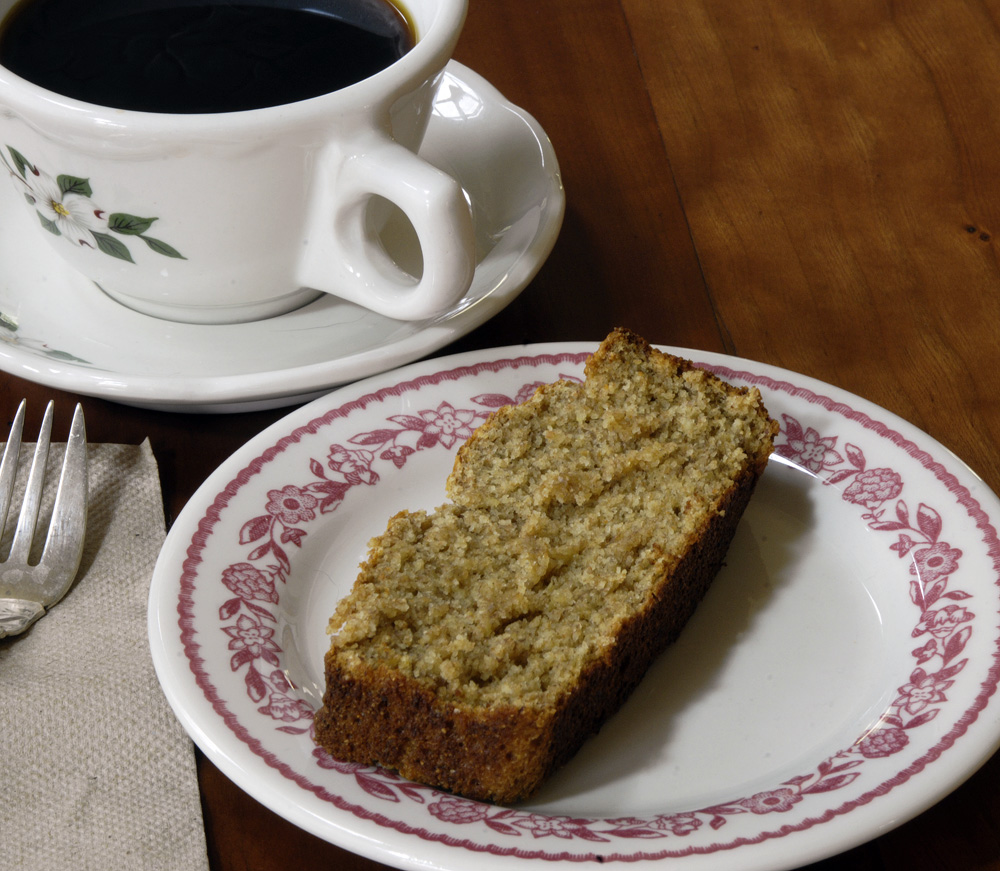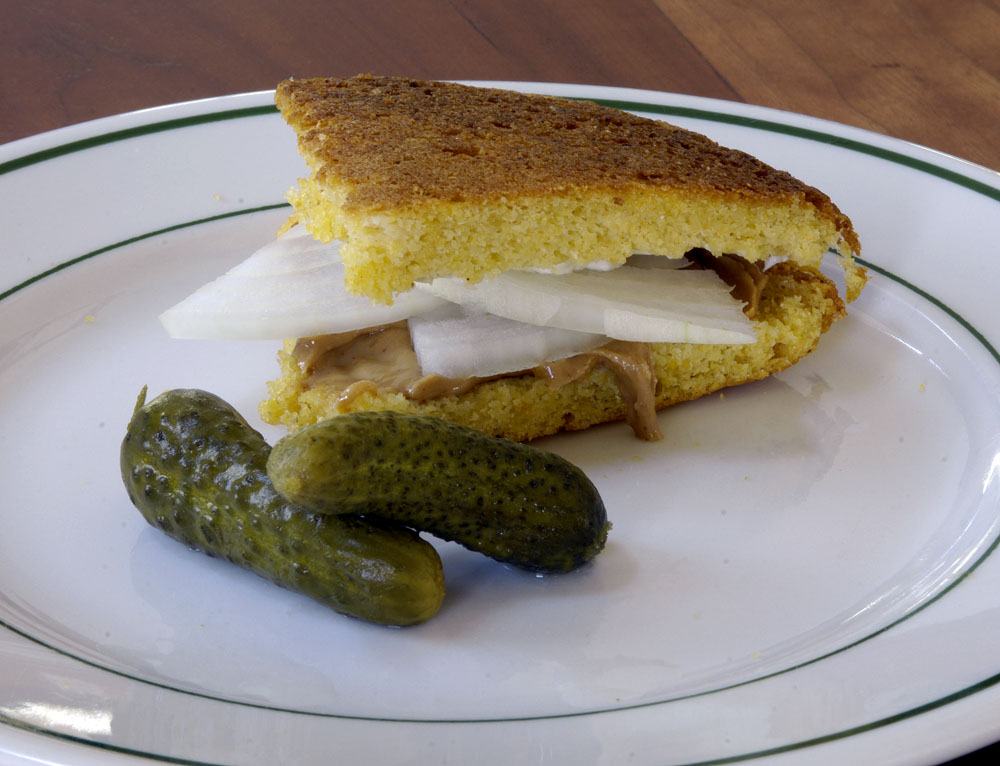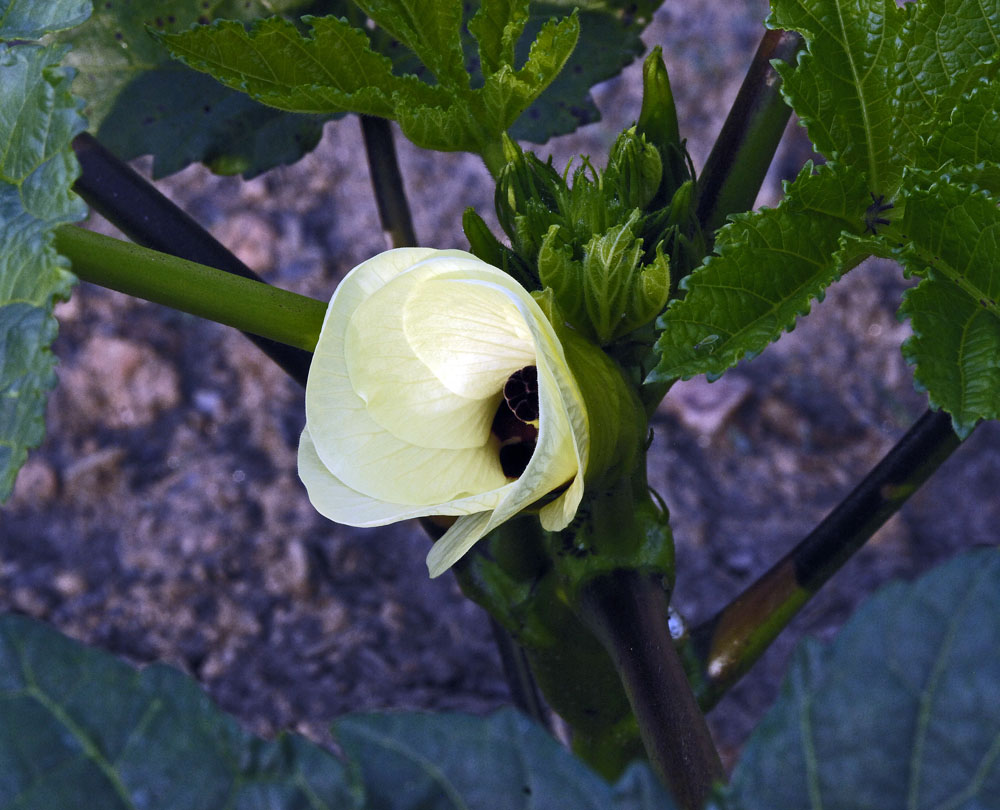
An okra flower. Click here for high-resolution version.
I have been trying to get a photo of a fully open okra flower, but I still have not succeeded. Okra is a relative of hibiscus, and its flowers are much like hibiscus flowers. The photo above, of a not-yet-fully-open flower, was taken at 9 a.m. two days ago. At 8 p.m. the same day, I returned with the camera expecting to see a fully open flower. Instead, the flower already had wilted. I’ll keep trying. Okra flowers, I think, are the most beautiful flower in the vegetable garden.
I’m also doing my best to understand the morphology of how the okra flower relates to the okra seed pod (which is the edible part). That, too, is going to require more observation.
A note on flower photography: A tripod is almost always necessary, otherwise blurring occurs when maximum sharpness is needed. Wind is often a problem and also can cause blurring, because narrow apertures (and therefore longer exposures) are often necessary to manage depth of field. I usually shoot flower photos at different aperture settings, then determine in Photoshop which aperture setting worked best. The idea is to get the objects of interest sharply in focus, while blurring secondary objects that are closer to, or farther away from, the camera.
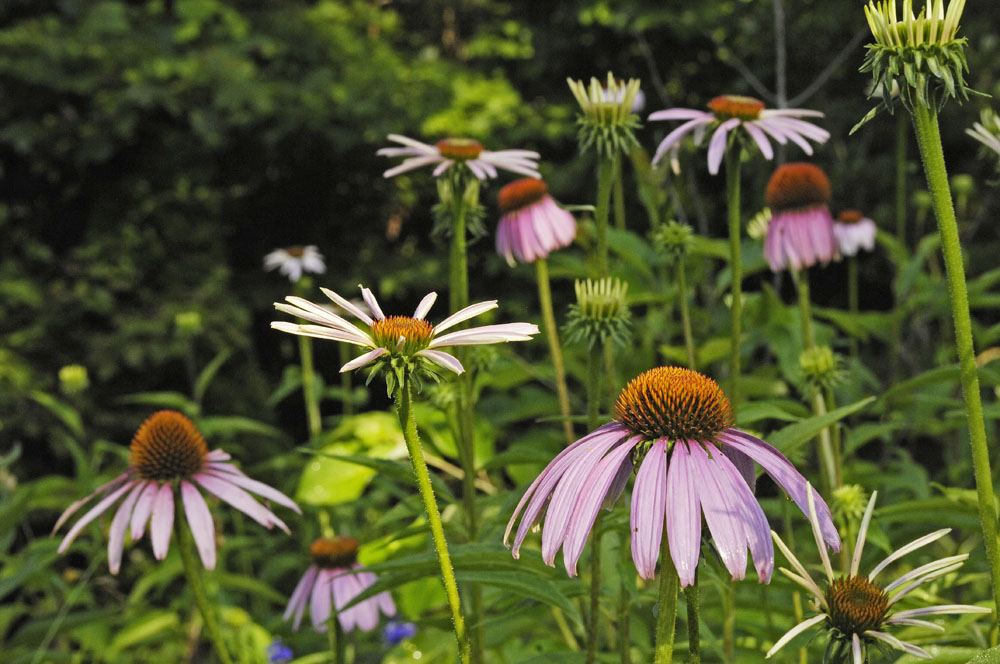
Blooming elsewhere at the abbey. Click here for high-resolution version.

